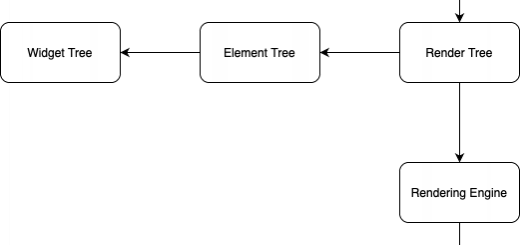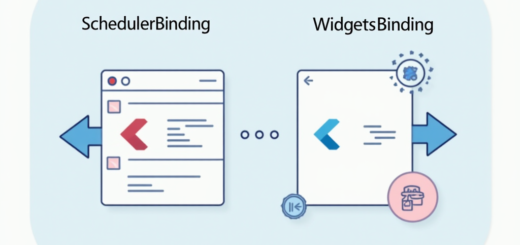Benefits of Flutter’s Widget Framework
Flutter’s widget framework revolutionizes the way of UI development for modern applications. Its array of distinctive features and support enables a way for the creation of visually appealing and highly responsive applications. Regardless of the platform you are targeting, Android, iOS, web, Mac, Windows, or Linux, Flutter’s widget framework provides a consolidated and streamlined approach to development. In this article, we will outline various benefits of Flutter’s widget framework.
Key features and benefits of Flutter’s Widget Framework.
The following are the main benefits and features:
1. Declarative UI
Flutter follows a declarative programming model where the UI is represented using widgets that form a widget tree. This simplifies the UI development process and allows the creation and maintenance of complex UI more easily and efficiently.
2. Hot Reload
Hot Reload is a functionality that enables developers to instantly view the changes done to the UI without the need to rebuild the entire application. This rapid feedback facilitates quick changes and experimentation during the development process.
3. Cross-platform development
Flutter provides a way of creating high-quality and near-native applications for multiple platforms from a single codebase. It supports Android, iOS, MacOS, Windows, Linux, web, and other platforms which greatly reduces the effort in developing and maintaining an application.
4. Widget Composition
Flutter’s widget framework prefers composition over inheritance. Developers can combine and nest various widgets to create intricate UI layouts and components. This enhances code reusability, and maintainability & encourages the use of reusable and composable UI components.
5. High Performance
Flutter’s great architecture and Skia graphics library are used to get very high performance on the Flutter application. Flutter applications are compiled into native code, enabling smooth animations and high performance. Skia also helps in using hardware rendering for even more efficient and smooth applications.
6. Extensive Widget collection
Flutter contains an extensive collection of pre-built widgets that can be used to create UI components and their interactions. These widgets are highly customizable and offer the same look and feel across various different platforms. Along with built-in widgets, Flutter also has extensive third-party library support on pub.dev.
7. Native Flutter integration
Flutter provides method and event channels to interact with their respective native platforms. Using these channels, the application can access device-specific capabilities such as cameras, GPS, sensors, and more. It allows the application to access platform-specific hardware/software capabilities that are native to the platform.
8. Great ecosystem and community support
Flutter has a vibrant and expanding community of developers, resulting in a rich ecosystem of packages, libraries & tools. This ensures continuous support, frequent updates, and learning resources for highly optimized and feature-rich applications.
Overall Flutter’s widget framework offers a modern, efficient, and productive way to develop cross-platform applications with stunning UI and features for user interaction. This combination of various features and benefits provided by Flutter’s widget framework has made it a favorite among developers.











